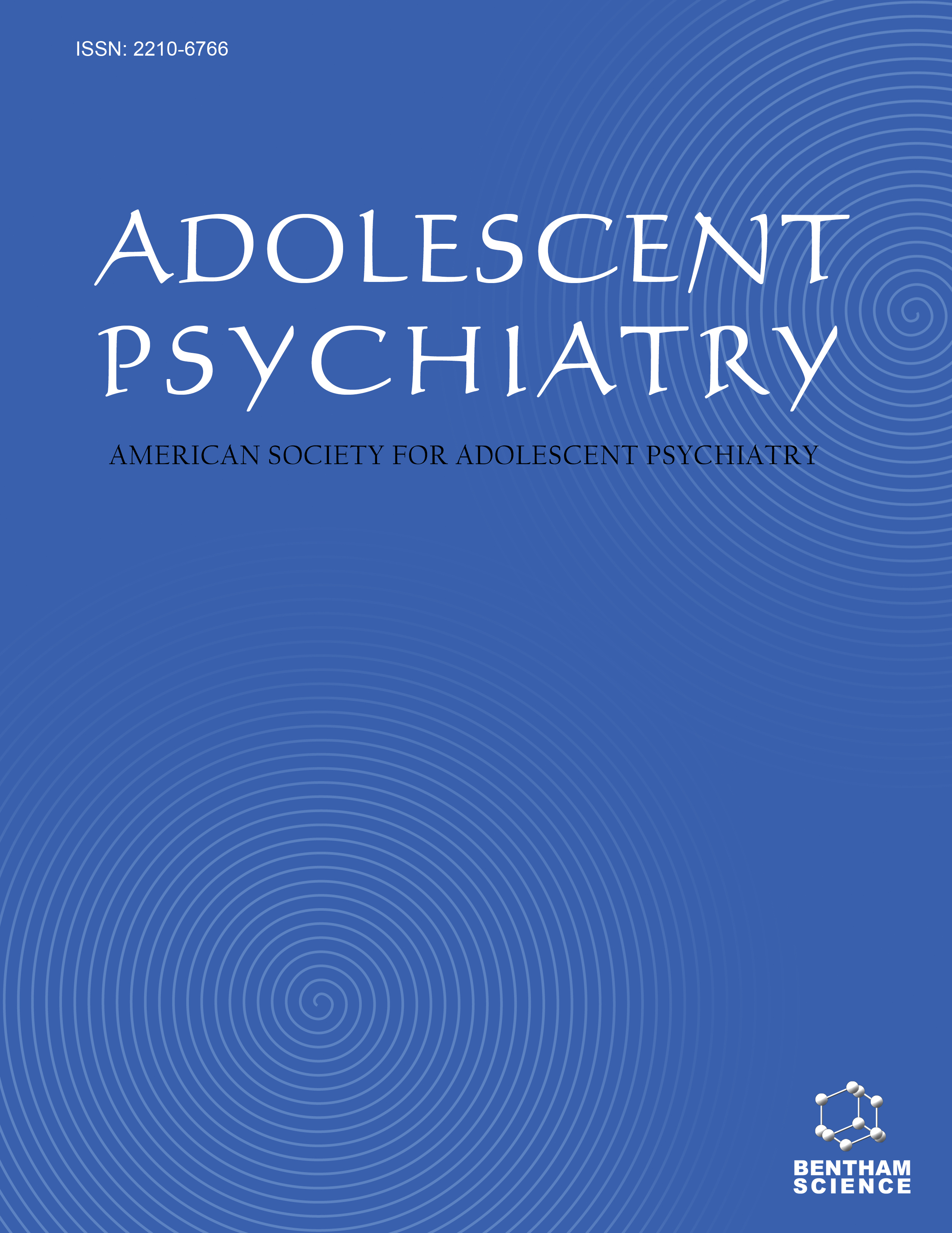
Full text loading...
We use cookies to track usage and preferences.I Understand
The opioid epidemic continues to make a significant impact on public health across multiple domains. While patients with opioid use disorders (OUD) remain in the face of this epidemic, the effect of the opioid epidemic, including on children and families, remains unheard. The impact of the opioid crisis is felt the most by individuals who do not use opioids themselves, with children being the most vulnerable victims of the opioid epidemic, an aspect of this epidemic that receives far less attention. The socio-ecological model approach is used to increase awareness of the lived experiences of children growing up in households with OUD and to promote the incorporation of treatment considerations based on available research. A literature review was conducted using computer-based searches using PubMed, PsycINFO, Medline, and Google Scholar databases. This entailed searching according to the following keywords (or stems when possible): opioids, opioid overdose, parental opioid use, child maltreatment, resilience, and adverse childhood experiences. Keywords were combined by using the Boolean operators “AND” and “OR”. Additionally, the ancestry approach, where potential studies were identified from the reference sections of existing reviews on the association between opioids and children, was used. Given that prenatal opioid use is extensively studied, and our focus was on lived experiences, studies focused solely on the effects of prenatal opioid use were excluded. Selected studies were varied in scope and methodologies. We reviewed the bibliographies of identified studies for additional studies and used both forward and backward searching. The economic cost of OUD and fatal opioid overdose is staggering and estimated to be about $1.02 trillion. Exposure to parental opioid use in childhood can have a significant impact on children's current and future lives. Conversely, for parents with OUD, children often provide a strong motivation for treatment. Children of adults with OUD are at higher risk of early exposure and initiation of opioid misuse. Opioid exposure in childhood, in turn, is associated with adult opioid misuse and OUD. Screening at healthcare visits is advocated to detect and mitigate the impact of OUD on children. The odds of using school-based mental health services are greater in boys compared to girls. Emerging evidence suggests that boys manifest less resiliency in the face of parental opioid exposure. This indicates a more nuanced understanding of the developmental outcomes of parental opioid exposure.

Article metrics loading...

Full text loading...
References


Data & Media loading...

